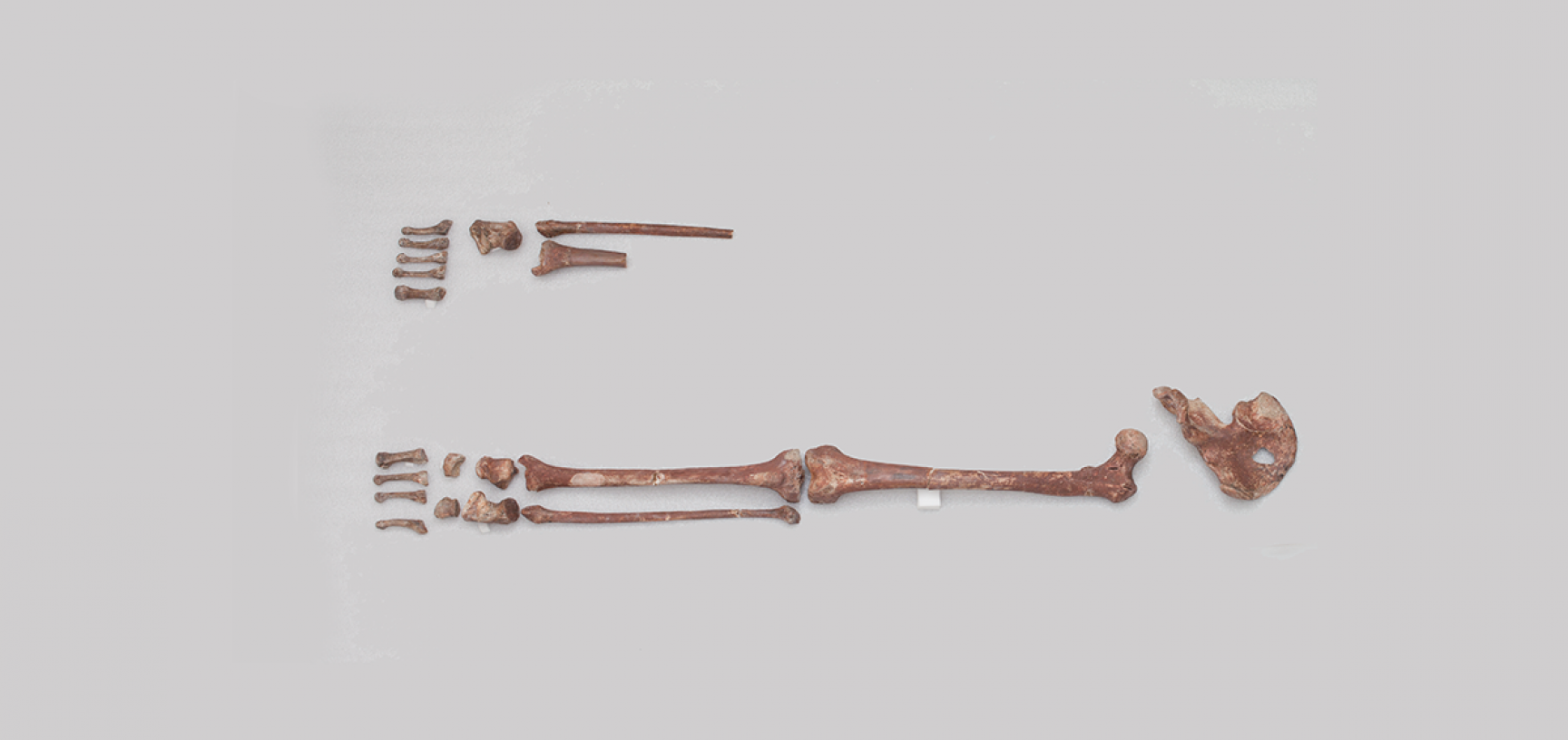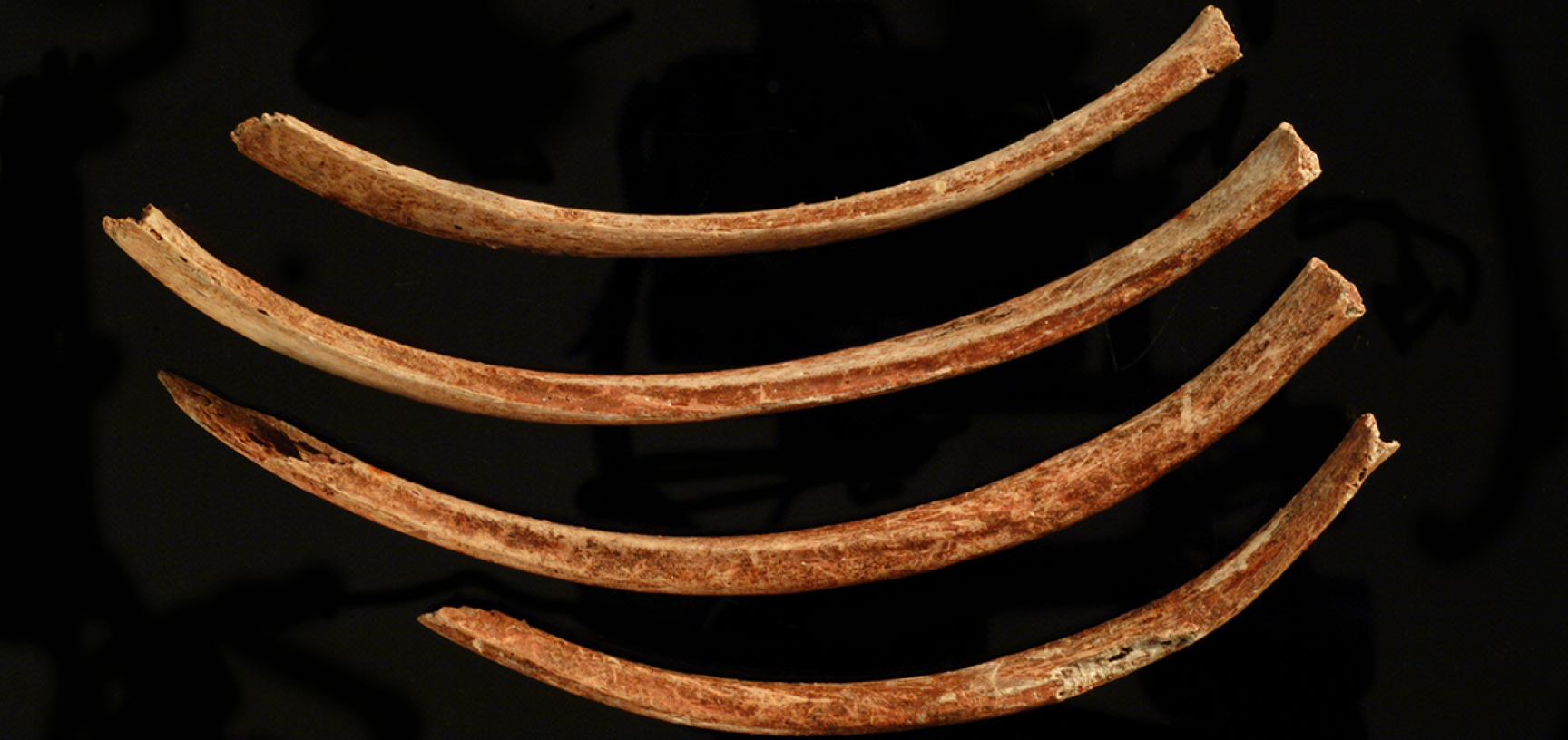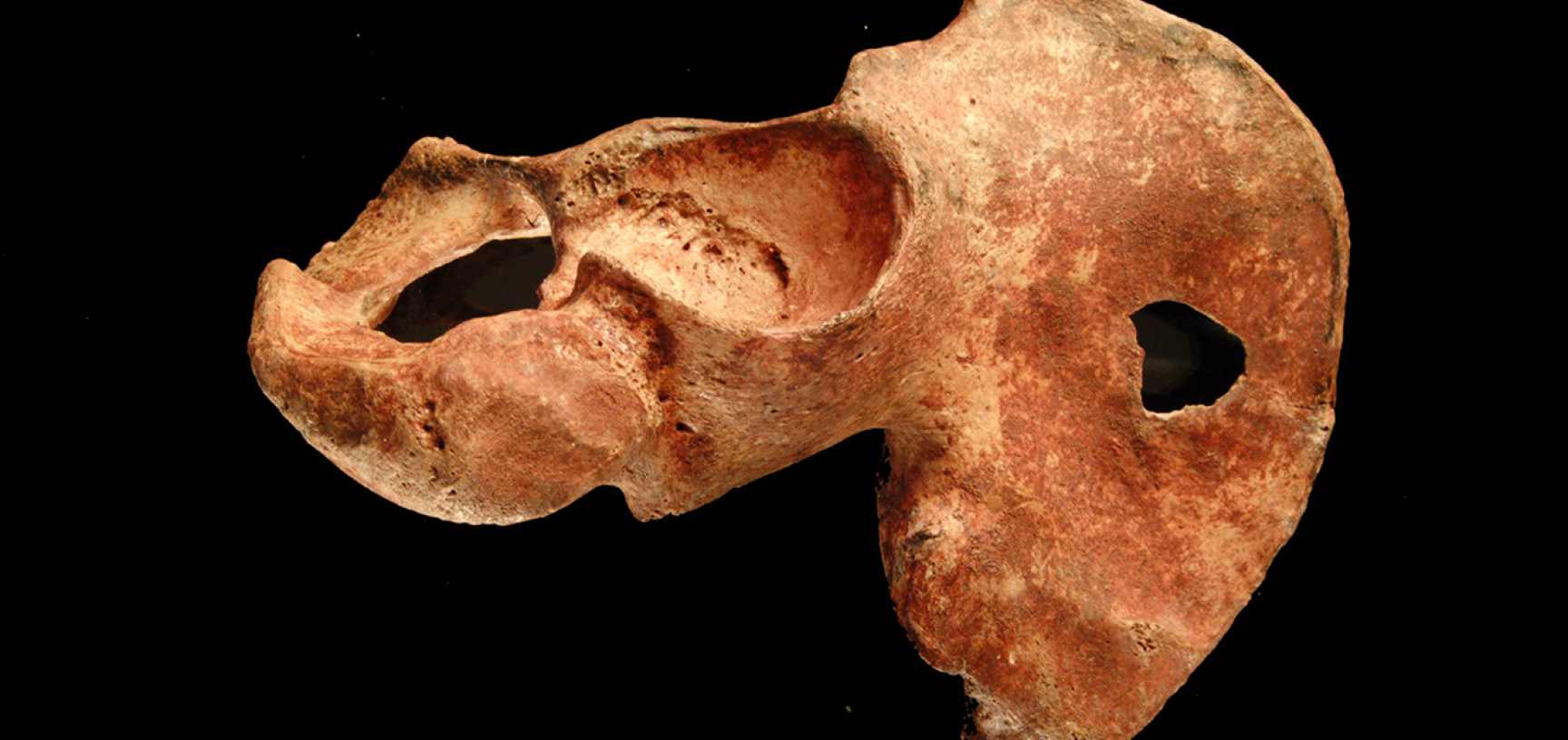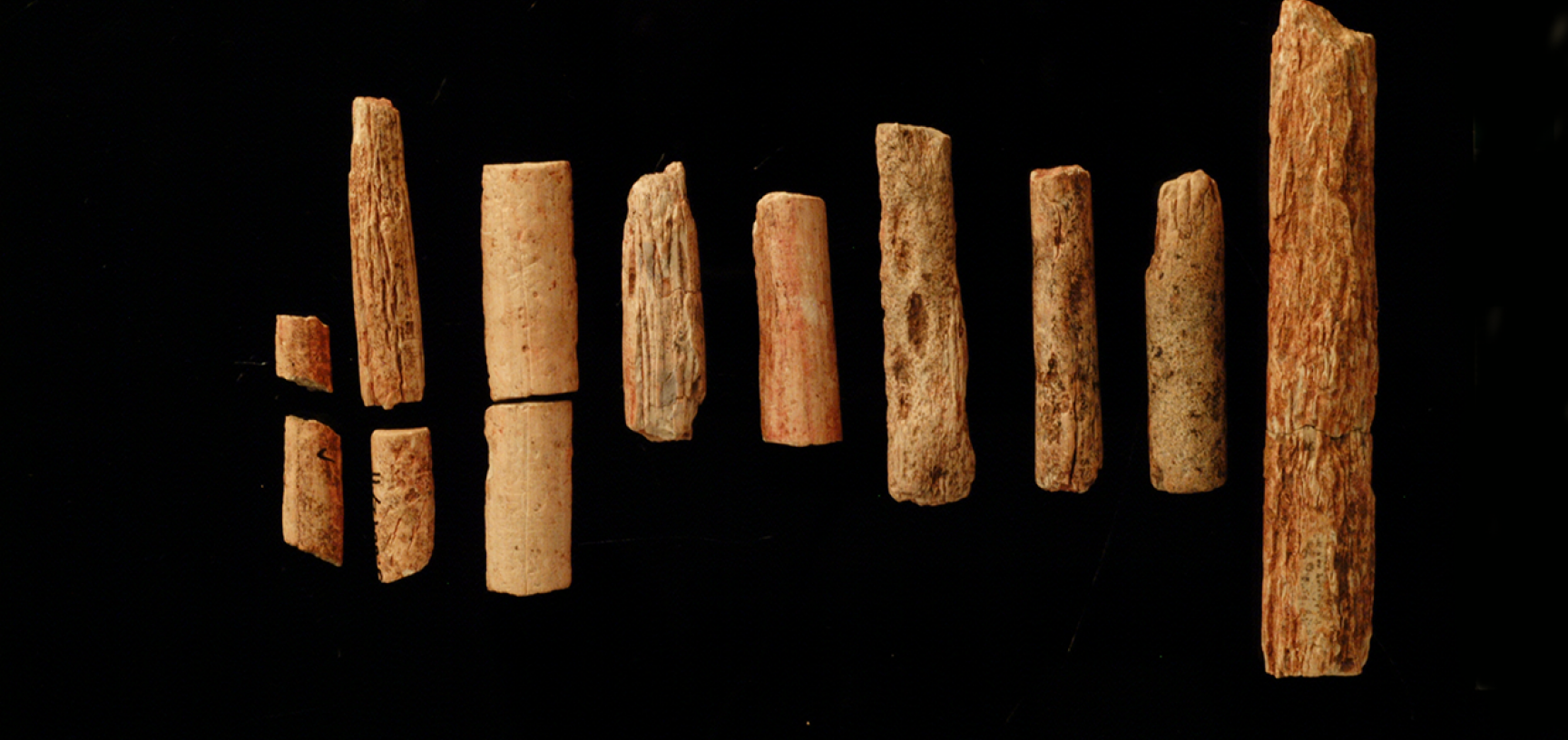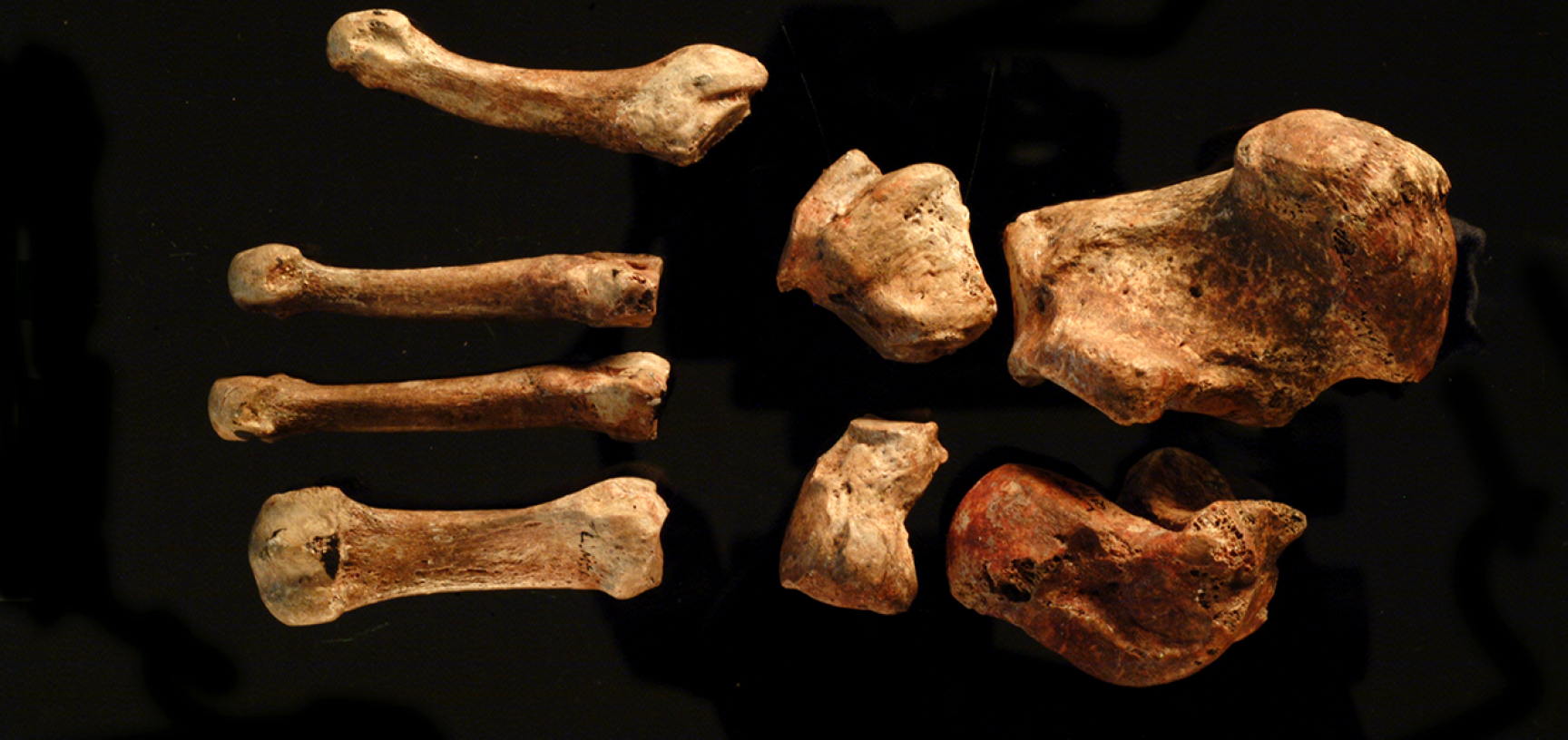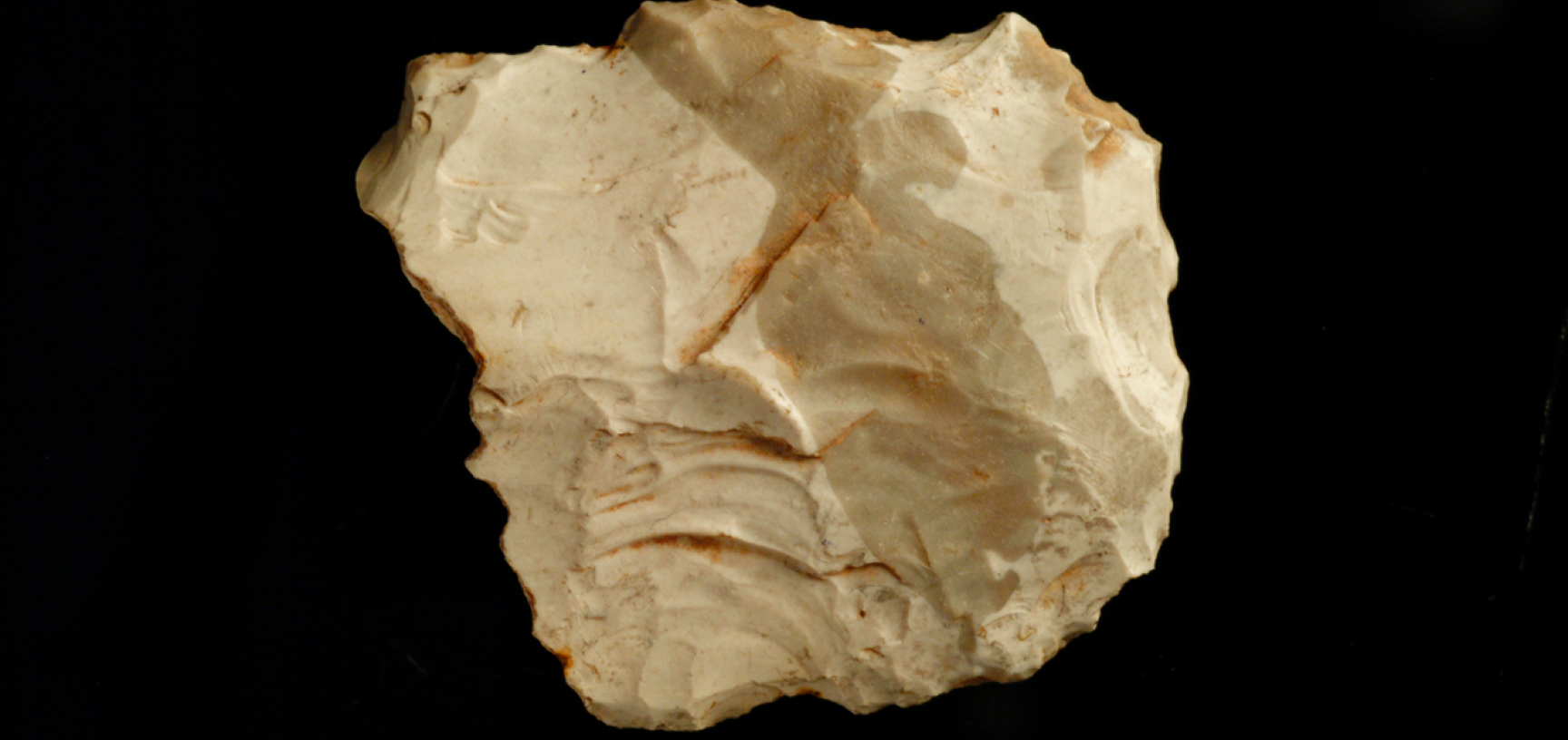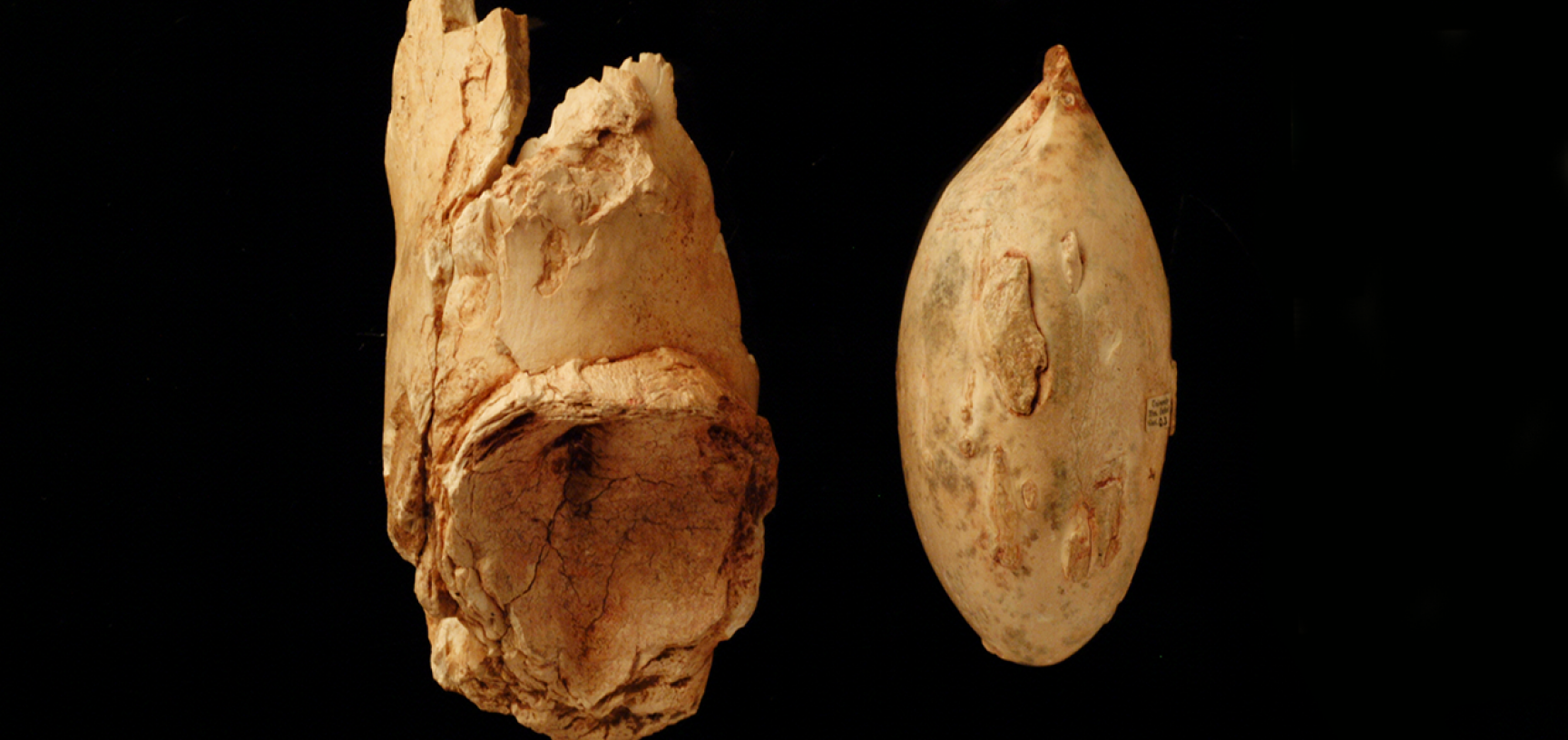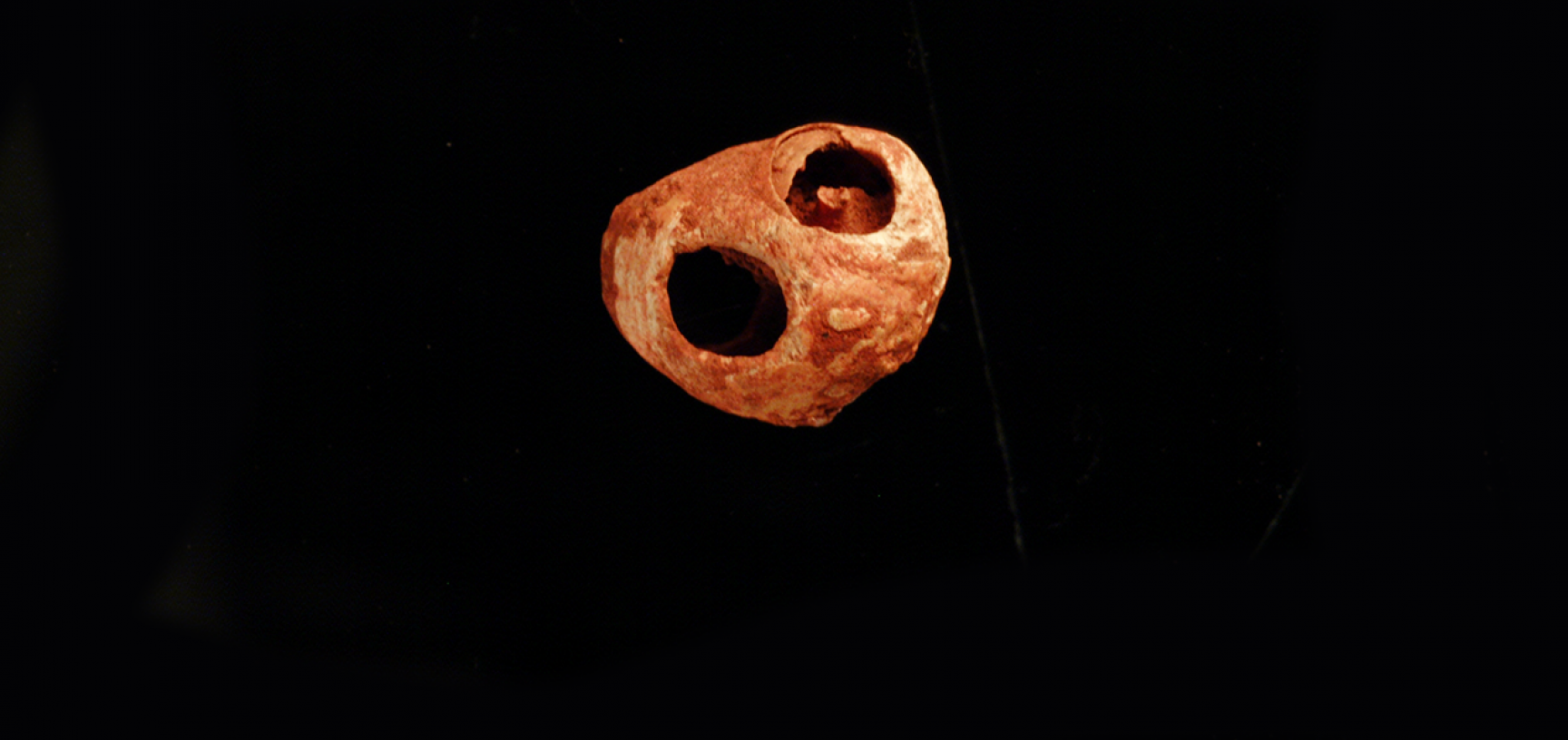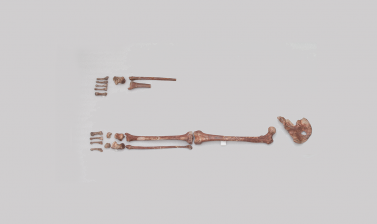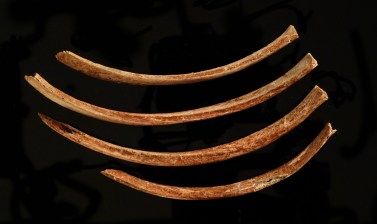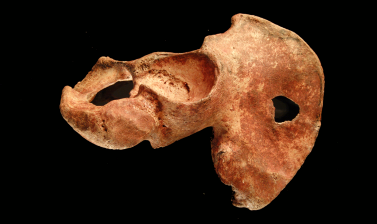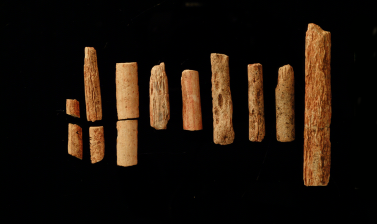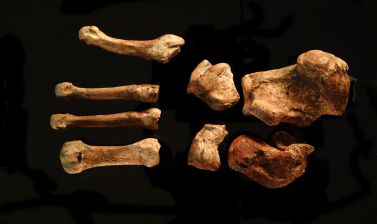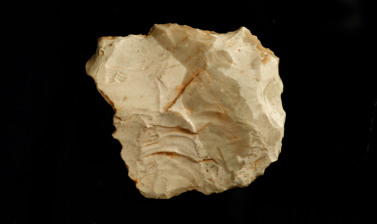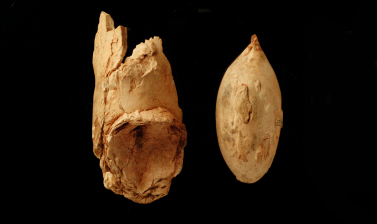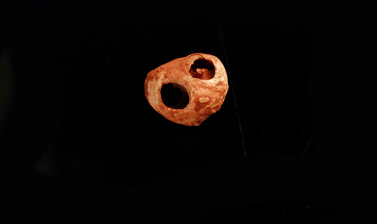The 'Red Lady' of Paviland
In 1823, geologists excavating the remains of mammoths in Goat’s Hole Cave (also known as Paviland Cave), South Wales, made an intriguing discovery: a partial human skeleton covered in red ochre, accompanied by shell beads and carved ivory.
The find was made by William Buckland, Oxford University's first Reader in Geology. The presence of the beads and other ornaments led him to conclude that the bones were of a woman, and the find quickly became known as the 'Red Lady of Paviland'. Buckland also assumed that the 'Red Lady' was from the Roman period, around 2,000 years ago. We now know that they are the remains of a young man, and far more ancient.
In 2008, scientists used improved radiocarbon-dating techniques, which showed that the bones are around 33–34,000 years old (from a less cold episode during the last glaciation), making the 'Red Lady' one of the oldest examples of a ceremonial burial in Western Europe. Stone tools and burned animal bones show that he could have been one of the hunters that used the cave over many thousands of years. How he died remains a mystery, but the evidence indicates that he was buried ceremonially.
Scientists are looking to extract DNA from one of the leg bones to find out more about who he was and where he came from.



